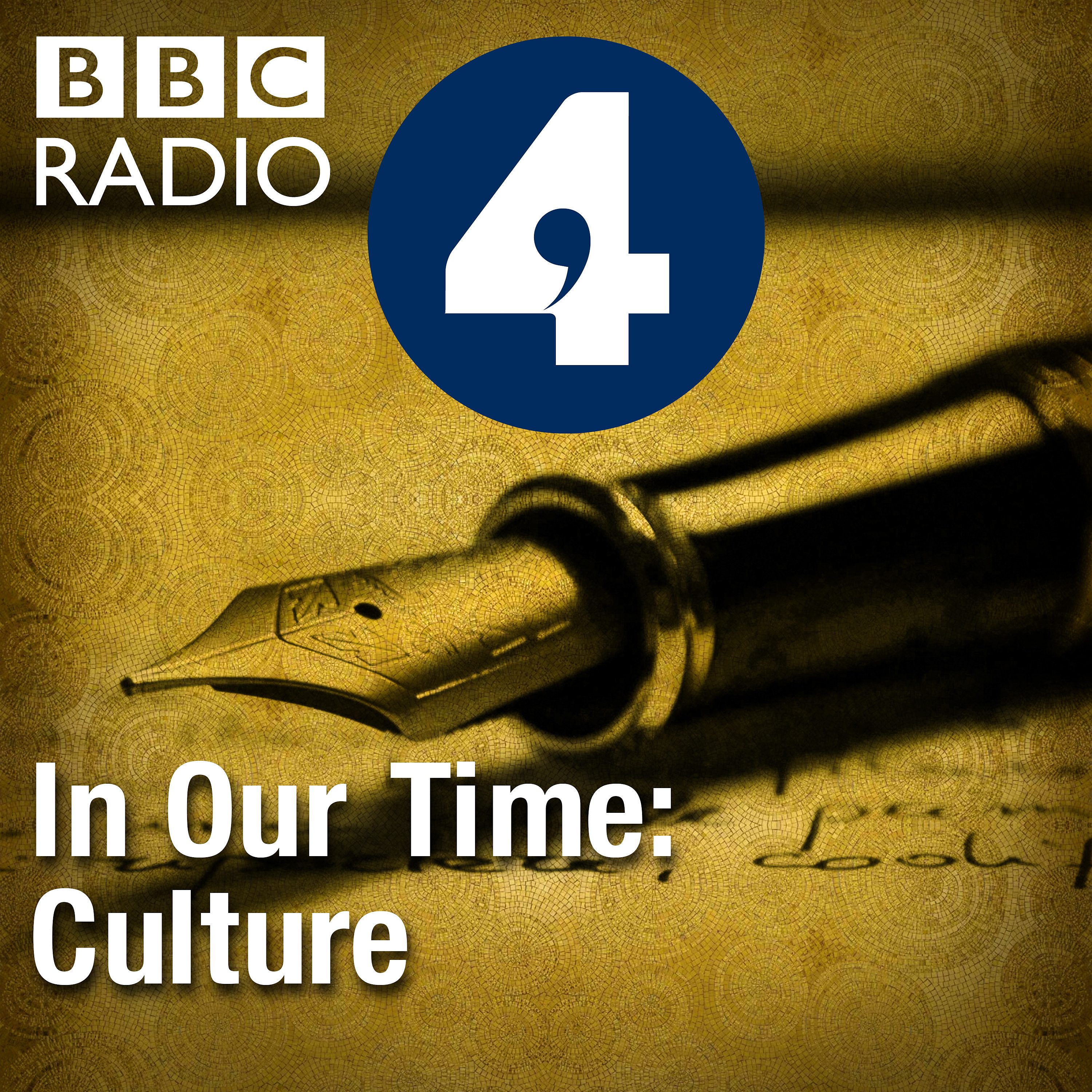The Kalevala
Description
Melvyn Bragg and guests discuss the Finnish epic poem that first appeared in print in 1835 in what was then the Grand Duchy of Finland, part of the Russian Empire and until recently part of Sweden. The compiler of this epic was a doctor, Elias Lönnrot (1802-1884), who had travelled the land to hear traditional poems about mythical heroes being sung in Finnish, the language of the peasantry, and writing them down in his own order to create this landmark work. In creating The Kalevala, Lönnrot helped the Finns realise they were a distinct people apart from Sweden and Russia, who deserved their own nation state and who came to demand independence, which they won in 1917.
With
Riitta Valijärvi
Associate Professor in Finnish and Minority Languages at University College London
Thomas Dubois
The Halls-Bascom Professor of Scandinavian Folklore and Literature at the University of Wisconsin-Madison
And
Daniel Abondolo
Formerly Reader in Hungarian at University College London
Producer: Simon Tillotson
Reading list:
Nigel Fabb, What is Poetry? Language and Memory in the Poems of the World (Cambridge University Press, 2015)
Frog, Satu Grünthal, Kati Kallio and Jarkko Niemi (eds), Versification: Metrics in Practice (Finnish Literature Society, 2021)
Riho Grünthal et al., ‘Drastic demographic events triggered the Uralic spread’ (Diachronica, Volume 39, Issue 4, Aug 2022)
Lauri Honko (ed.), The Kalevala and the World's Traditional Epics (Finnish Literature Society, 2002)
The Kalevala Heritage: Archive Recordings of Ancient Finnish Songs. Online Catalogue no. ODE8492.
Mauri Kunnas, The Canine Kalevala (Otava Publishing, 1992)
Kuusi, Matti, et al. (eds.), Finnish Folk Poetry: Epic (Finnish Literature Society, 1977)
Elias Lönnrot (trans. John Martin Crawford), Kalevala: The Epic Poem of Finland (first published 1887; CreateSpace Independent Publishing Platform, 2017)
Elias Lönnrot (trans. W. F. Kirby), Kalevala: The Land of the Heroes (first published by J.M. Dent & Sons, 1907, 2 vols.; Continuum International Publishing Group Ltd, 2000)
Elias Lönnrot (trans. Francis Peabody Magoun Jr.), The Kalevala, or Poems of the Kaleva District (Harvard University Press, 1963)
Elias Lönnrot (trans. Eino Friberg), The Kalevala: Epic of the Finnish People (Otava Publishing, 1988)
Elias Lönnrot (trans. Keith Bosley), The Kalevala: An Epic Poem after Oral Tradition (Oxford University Press, 1989)
Kirsti Mäkinen, Pirkko-Liisa Surojegin, Kaarina Brooks, An Illustrated Kalevala: Myths and Legends from Finland (Floris Books, 2020)
Sami Makkonen, Kalevala: The Graphic Novel (Ablaze, 2024)
Juha Y. Pentikäinen (trans. Ritva Poom), Kalevala Mythology, (Indiana University Press, 1999)
Tina K. Ramnarine, Ilmatar’s Inspirations: Nationalism, Globalization and the Changing Soundscapes of Finnish Folk Music (University of Chicago Press, 2003)
Jonathan Roper (ed.), Alliteration in Culture (Palgrave Macmillan, 2011), especially chapter 12 ‘Alliteration in (Balto-) Finnic Languages’ by Frog and Eila Stepanova
Karl Spracklen, Metal Music and the Re-imagining of Masculinity, Place, Race and Nation (Emerald Publishing, 2020), especially the chapter ‘Finnish Folk Metal: Raising Drinking Horns in Mainstream Metal’
Leea Virtanen and Thomas A. DuBois, Finnish Folklore: Studia Fennica Folkloristica 9 (Finnish Literature Society, 2000)
More Episodes
Melvyn Bragg and guests discuss the dance which, from when it reached Britain in the early nineteenth century, revolutionised the relationship between music, literature and people here for the next hundred years. While it may seem formal now, it was the informality and daring that drove its...
Published 04/11/24
Melvyn Bragg and guests discuss Lewis Carroll's book which first appeared in print in 1865 with illustrations by John Tenniel. It has since become one of the best known works in English, captivating readers who follow young Alice as she chases a white rabbit, pink eyed, in a waistcoat with pocket...
Published 03/14/24
Melvyn Bragg and guests discuss one of Shakespeare’s great comedies, which plays in the space between marriage, love and desire. By convention a wedding means a happy ending and here there are three, but neither Orsino nor Viola, Olivia nor Sebastian know much of each other’s true character and...
Published 01/25/24


